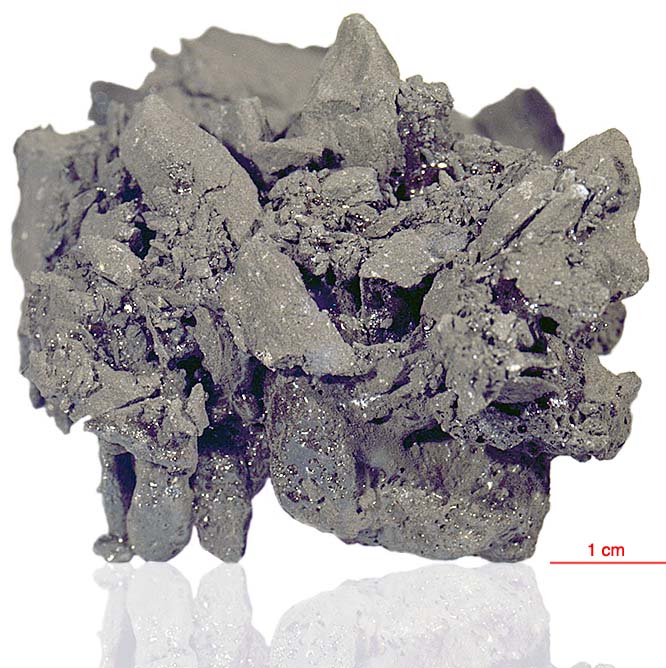
Fact sheet
70019 is an example of a large “agglutinate” made up of pieces of regolith breccia cemented together with black glass. It is made of two major components – dark, coherent microbreccia fragments and black shiny glass. The microbreccia has a seriate grain size distribution with glass matrix and glass inclusions. Volumetrically the matrix is 60%. Typical orange glass is also abundant. Rotation 1 shows a clast-rich region and rotation 2 shows a large plagioclase feldspar class and a vesicular glass fragment.
The sample weighed 159.9 grams before analysis and has not been dated.
Further details of this and other Apollo samples are here: http://curator.jsc.nasa.gov/lunar/
Apollo 17, the final manned landing mission, had two objectives: to obtain samples of ancient rocks from the lunar highlands and to look for evidence of younger volcanic activity on the valley floor.
This small Collection contains material deriving from both periods, including igneous rocks around 4.3 billion years old from the lunar highlands as well as younger volcanic samples dating from about 3.6 billion years ago.
Apollo 17 was launched on 7 December 1972.






